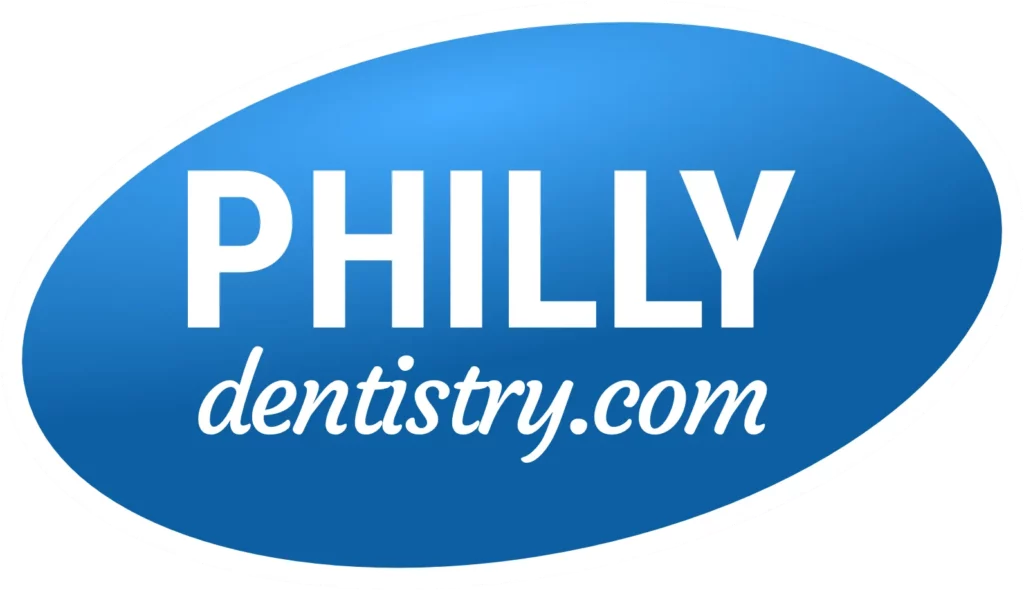HELP! I have a DENTAL EMERGENCY, What Do I Do?
Different scenarios call for different action in a dental emergency. It is important to see your dentist ASAP; however, we know that this is not always possible. Here are some tips to help you in the event you or a loved one is in a dental emergency and unable to get right into a dental … HELP! I have a DENTAL EMERGENCY, What Do I Do?

